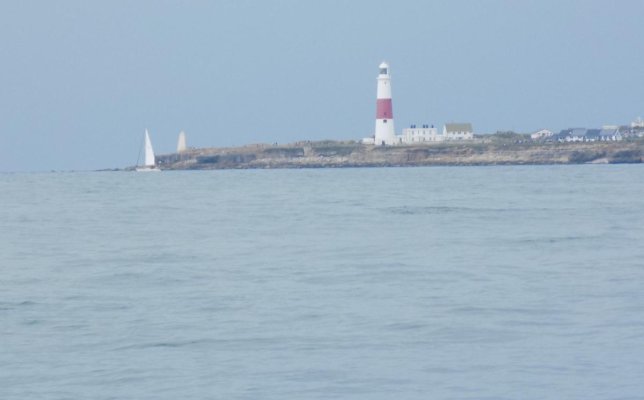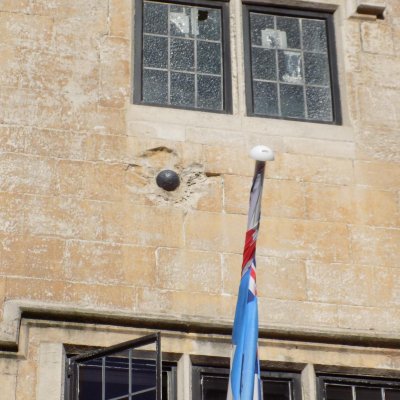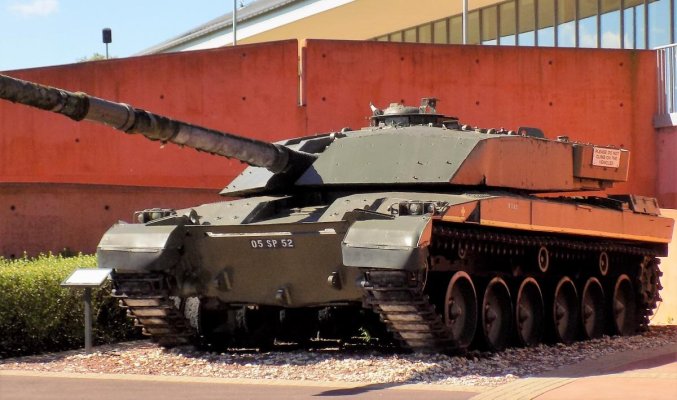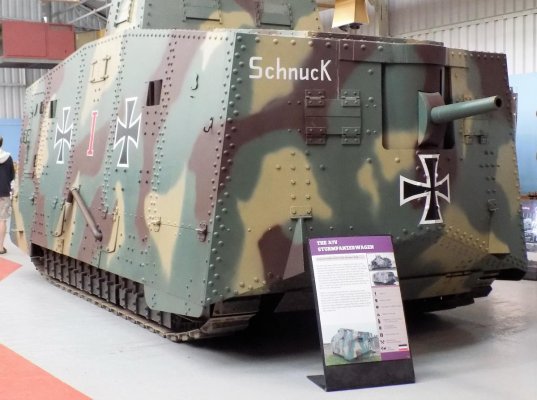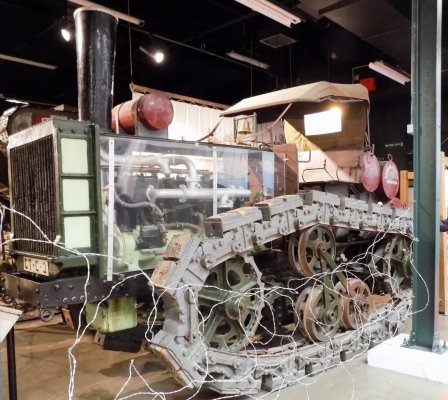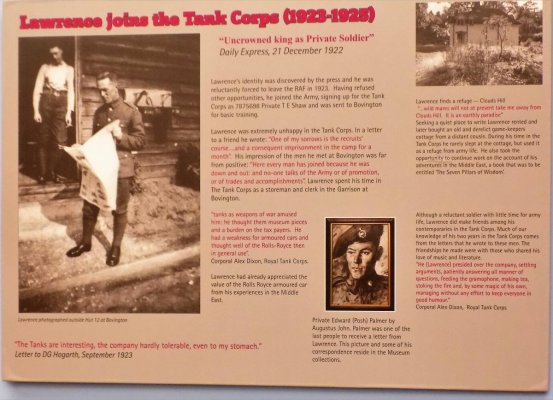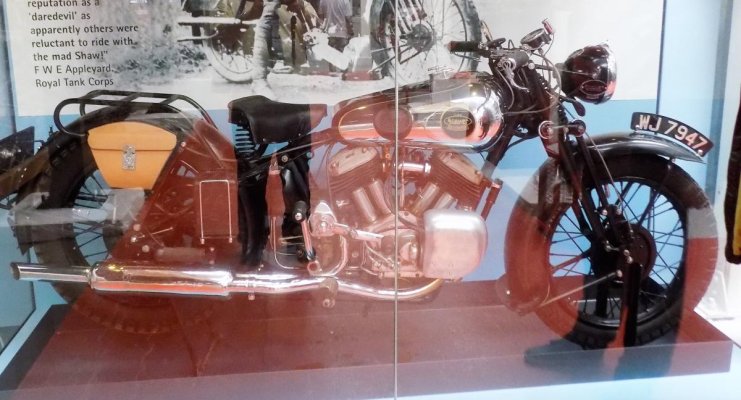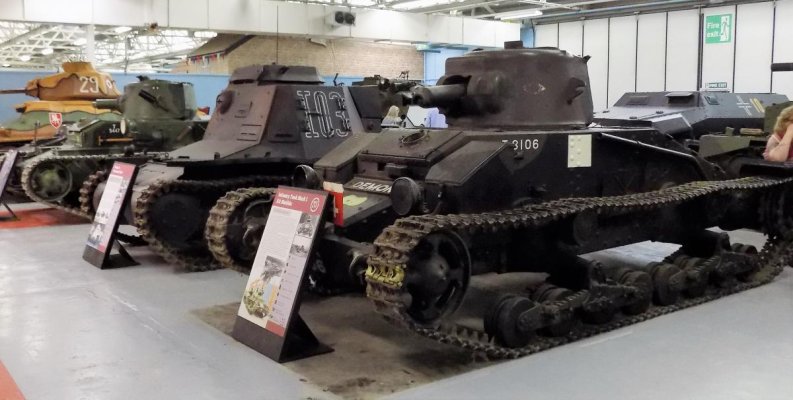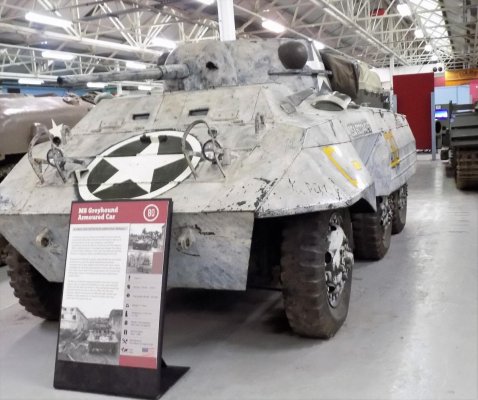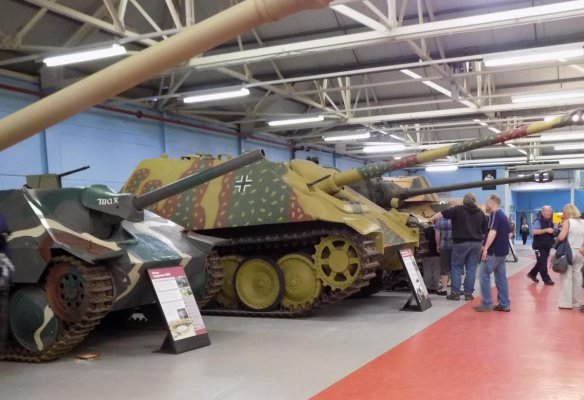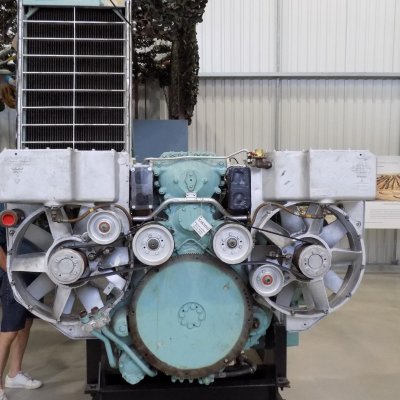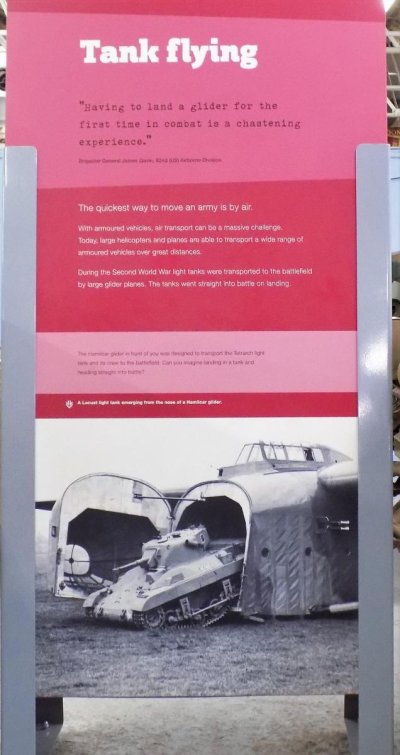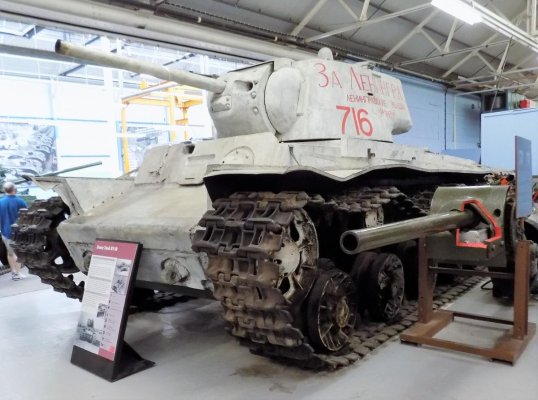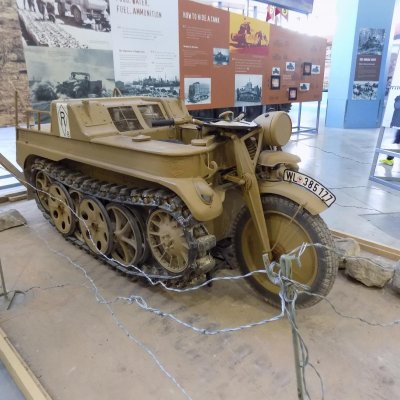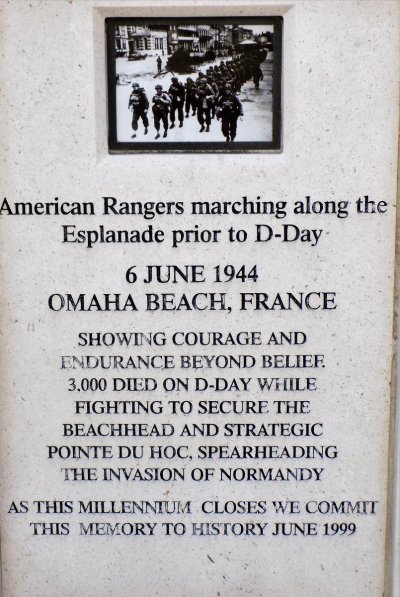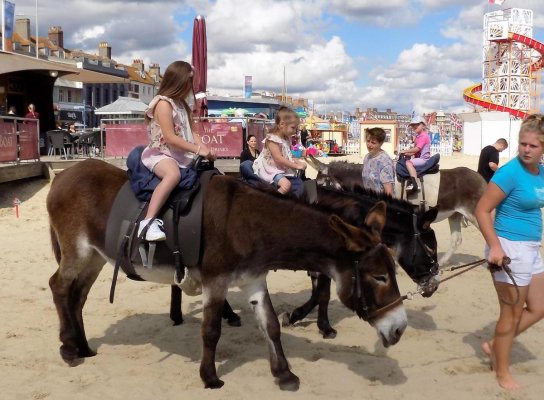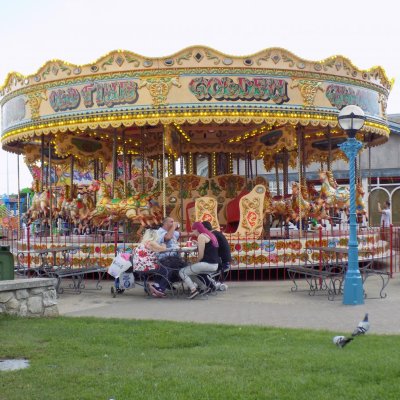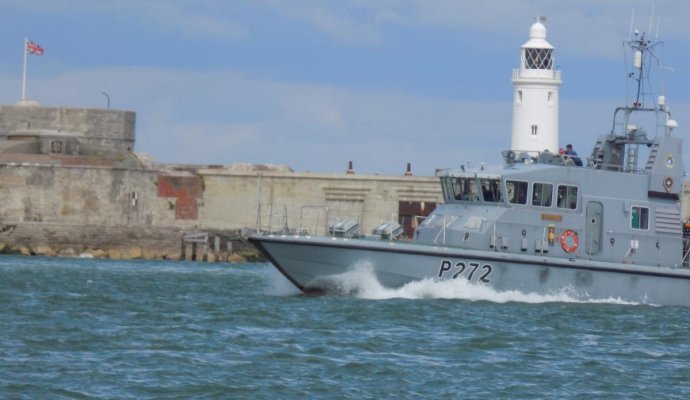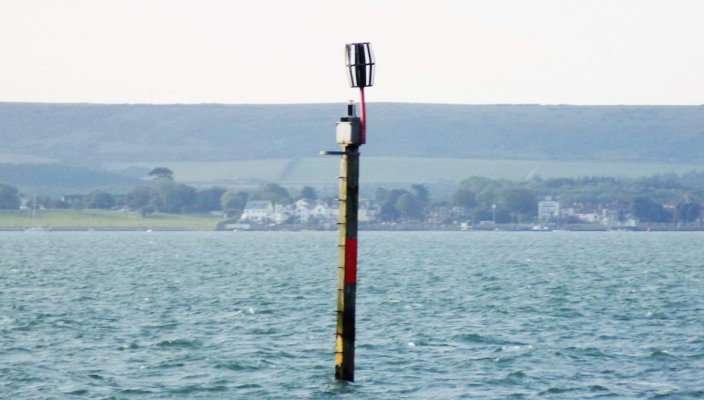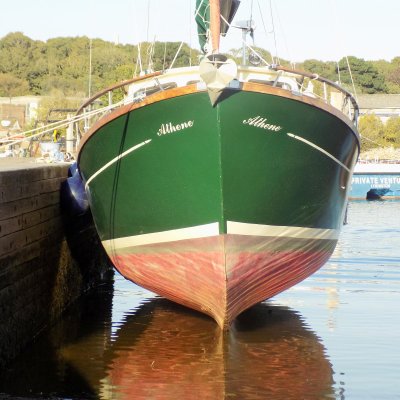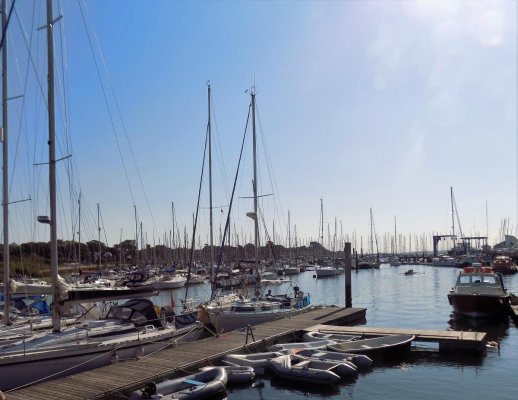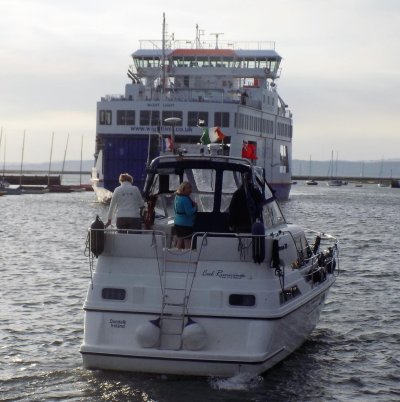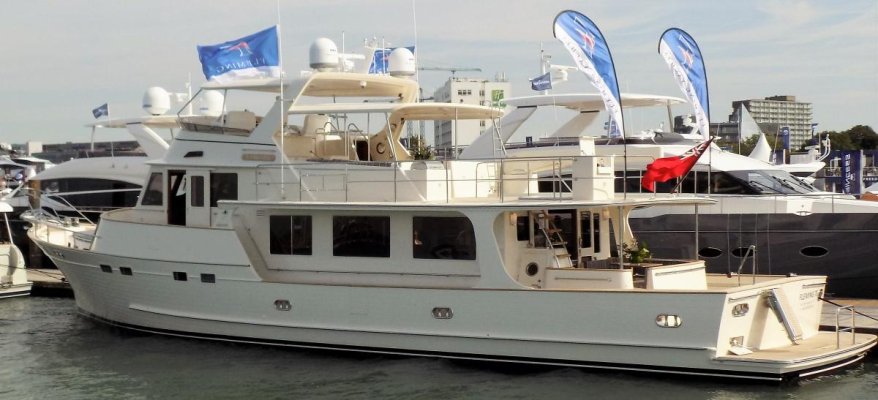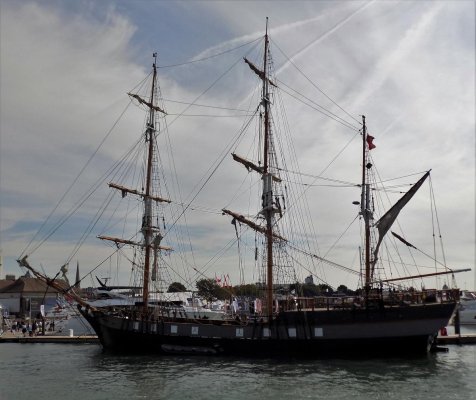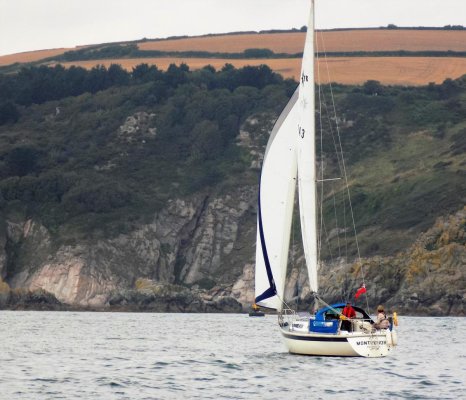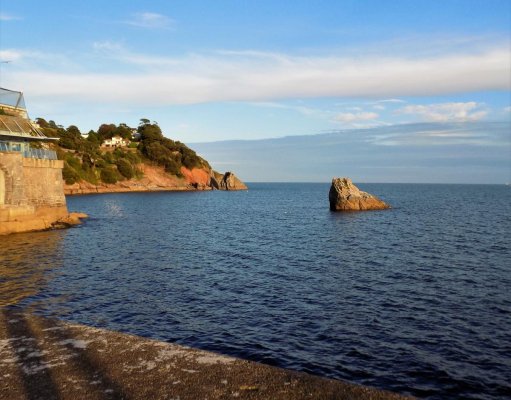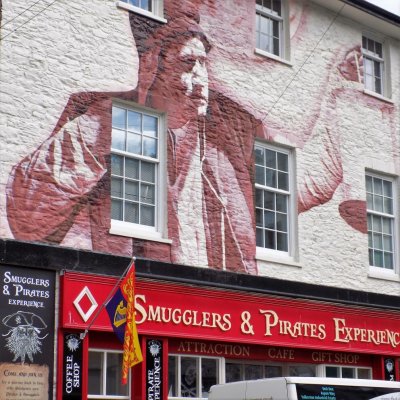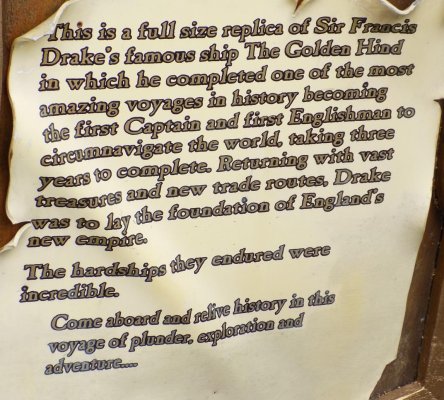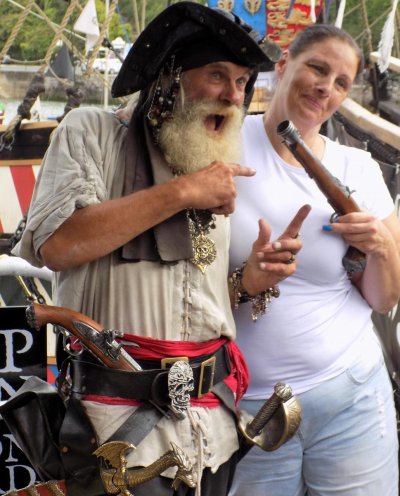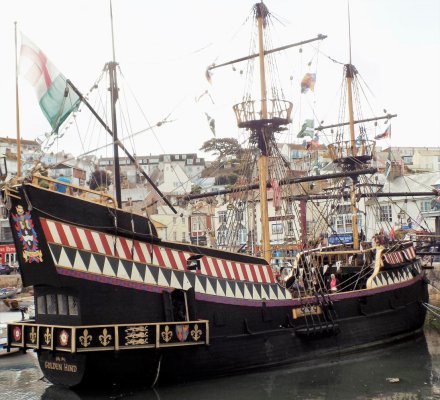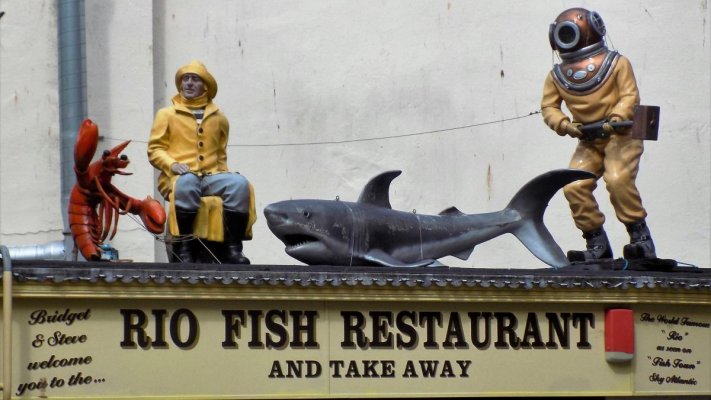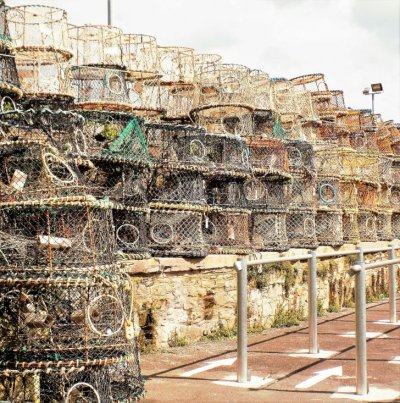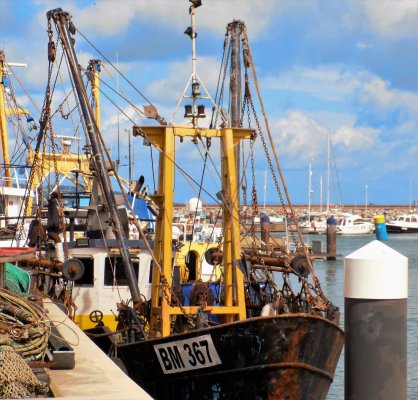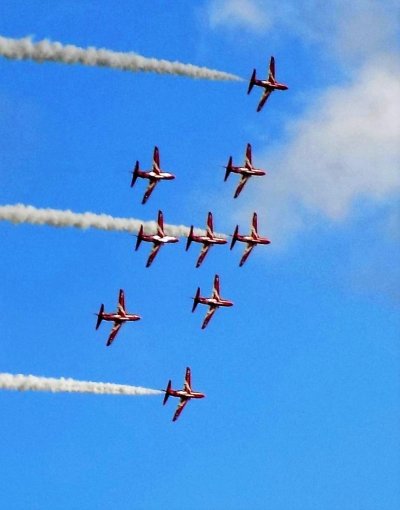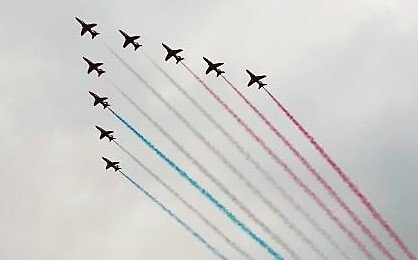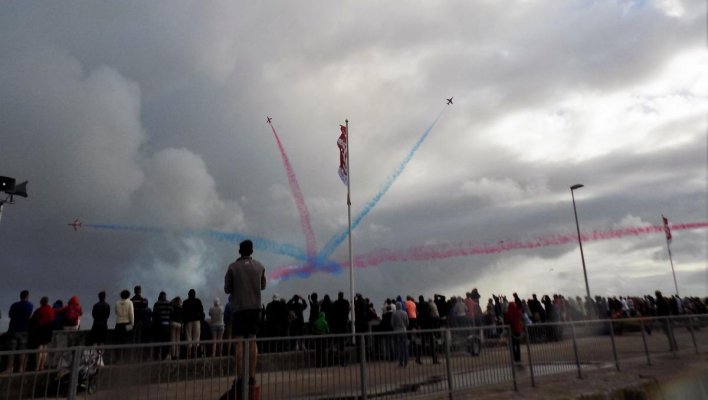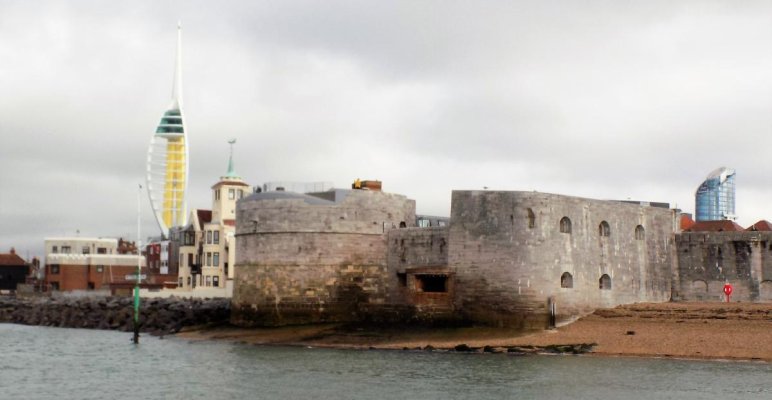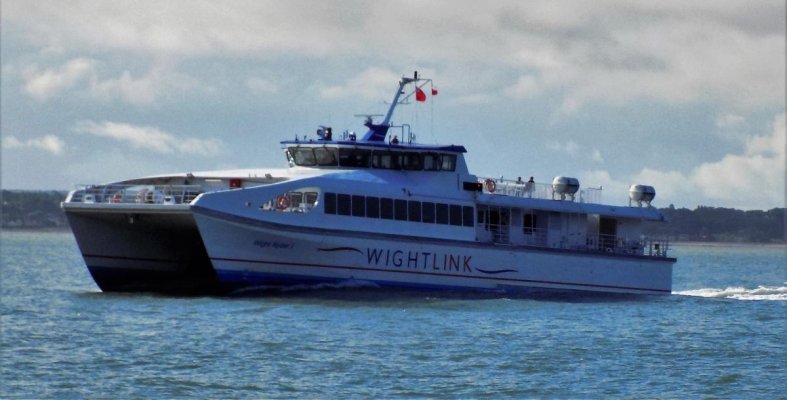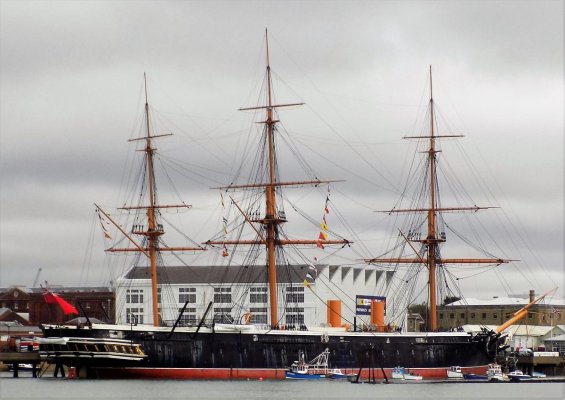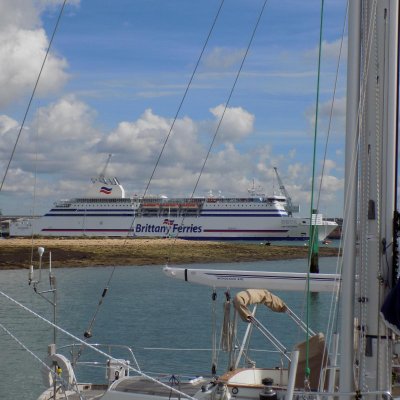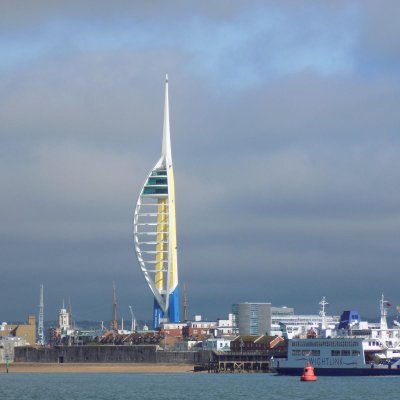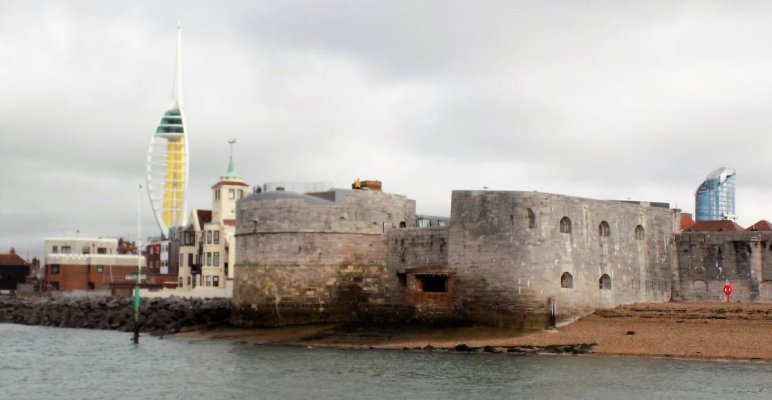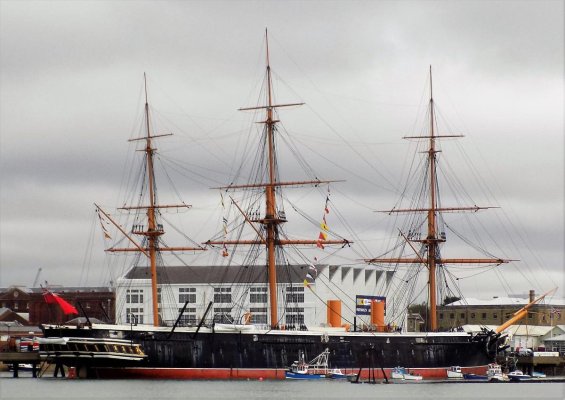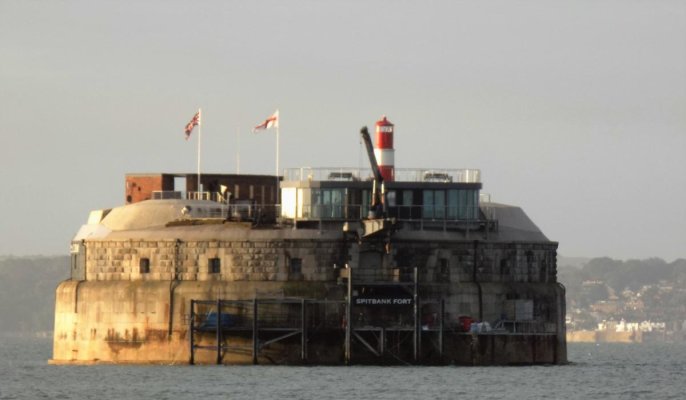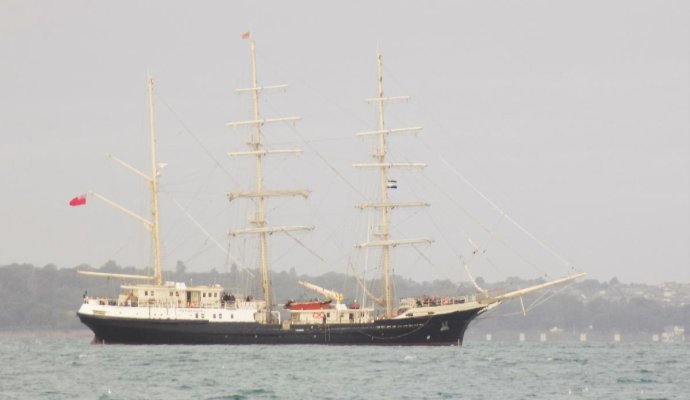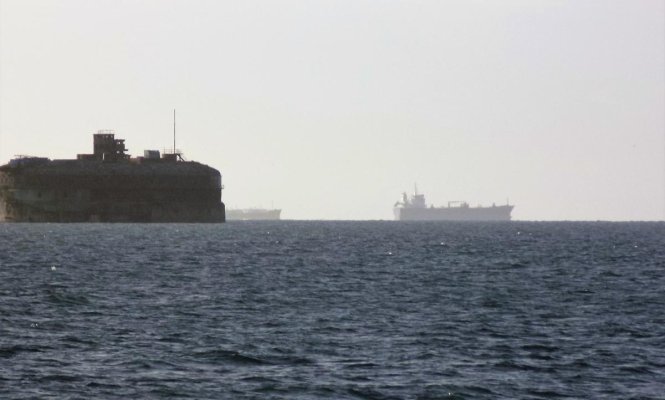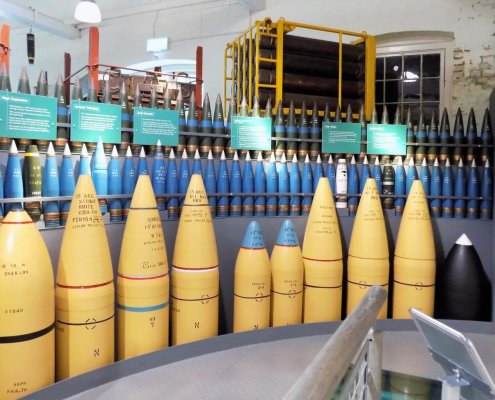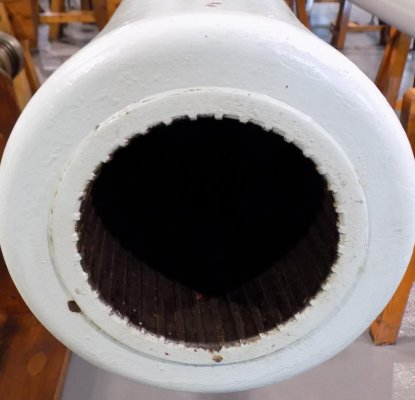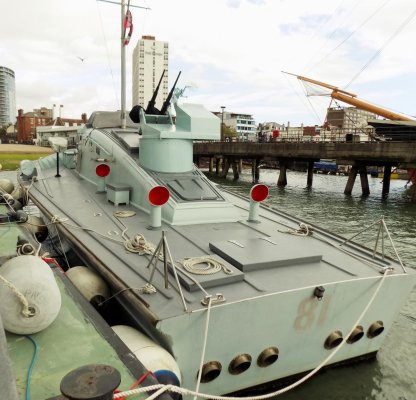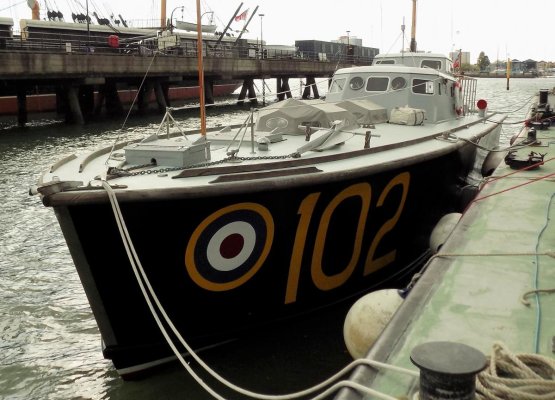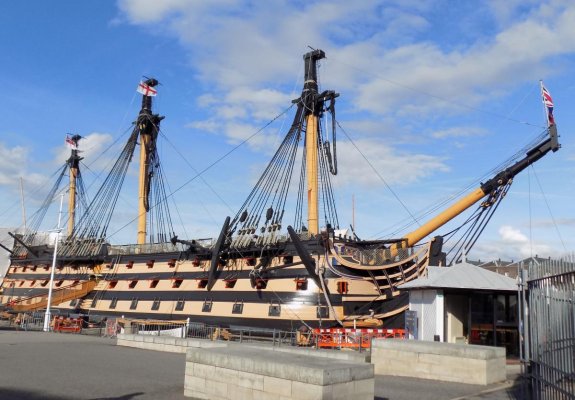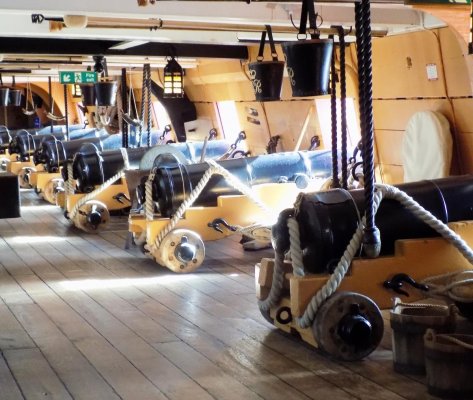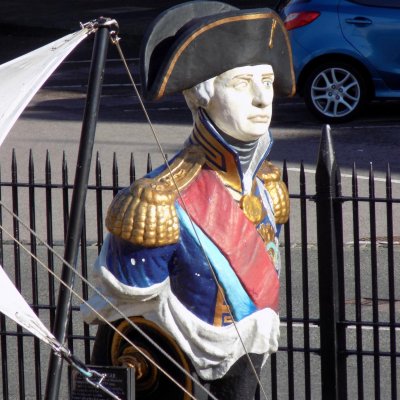This is the first port on our journey where we've been able to stay for a few days without worrying about the weather and we couldn't stay in a nicer place with it's friendly efficient harbour staff in a deep water port right in the middle of town. On the way in we had to pass through the Portland race, thankfully with good timing it was calm but look at the chop and the line of smooth water beyond, photo, we were doing 8 knots though the water and 3 over the ground as we rounded the lighthouse.
On our port side is the naval base in Portland harbour, it was here during the war that the Mulberry harbours were built, towed across to Arromanches, sunk in place and joined together with metal linkspan roadways to form an artificial port for the all important supplies for the 'D' day landings.
My first association with Weymouth began over 50 yrs ago when I was a young soldier and we used to 'thumb it' here to catch a ferry to the Channel Islands to go tomato picking to earn a few shillings and meet some nice girls.
One night I arrived here in Weymouth in torrential rain and a kindly policeman directed me to the Salvation Army and got me a hot drink and a bit of dry carpet to lay my head, I never forgot that kindness and I'm happy to say that the people of Weymouth are just as nice today as they were then.
In the 1600's during the English civil war, a cannonball hit a wall and got stuck in the stone wall, photo.
During Queen Victoria's reign it became, and still is a popular seaside resort, photo,
the fine golden sands here with donkey rides, sand sculptures and crazy golf and fun rides for the families to enjoy, photo's.
Nearby here is the Tank museum at Bovington and being ex services I just had to go, what a cracking day out ! we really needed 2 days to see all the 'Boys Toys'.
The photo's are just a tiny selection with English, American, French, Russian, Swedish and German tanks and other assorted vehicles.
The engine photo is a Rolls Royce designed K60 6 cylinder 2 stroke opposed piston multi fuel engine, during my army career I was seconded to Rolls Royce diesels for a while proud to say I was involved in the testing and modifications of this engine.
Did you know that the concept of a crude wooden tank was first sketched by Leonardo Da Vinci ?
Did you know that Hannibal used his elephants like tanks ?
Did you know that Sir Winston Churchill whilst in the Royal Navy during the 14-18 war called for a 'Landship' to crush enemy opposition troops in trenches ?
The name was later changed to the codename 'Tank' in case the Germans discovered the term Landship ?
I can heartily recommend Weymouth as a 'must do' port of call, you won't be disappointed.

